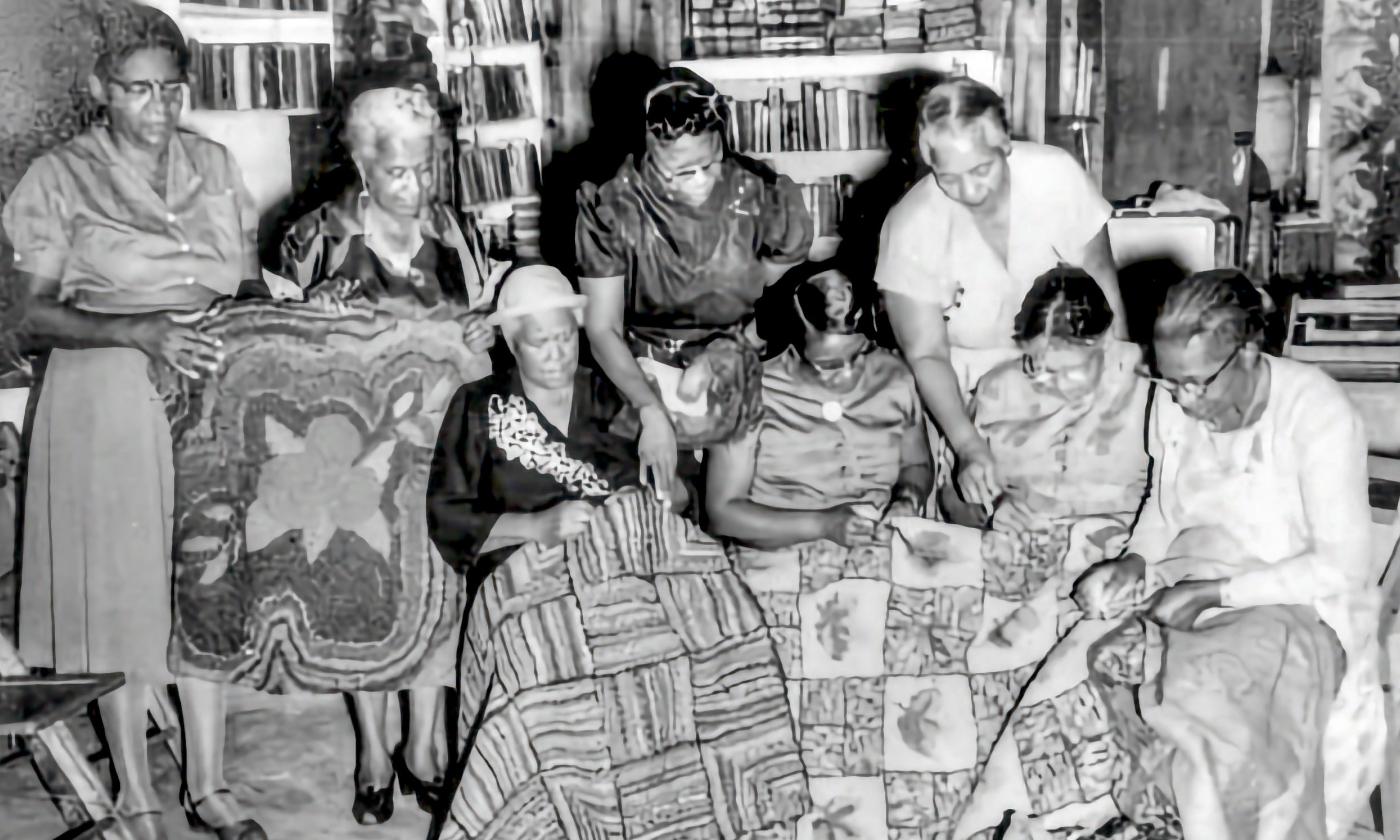Home of Reverend and Mrs. Halyard, community leaders.
This African-American owned bookstore focuses on the literature of the African diaspora.
Florida's first Black general.
Resort founded during Jim Crow Era.
Leader during the Second Seminole War.
The Castillo de San Marcos is added to the National Underground Railroad Network to Freedom...
Construction was completed on the Cathedral Basilica of St. Augustine. Don Miguel O'Reilly served as the first parish priest of the new church...
Writer, abolitionist, and political leader.
Lincolnville hub during Civil Rights Movement.
One of the city's oldest structures.
Florida Normal and Industrial Institute (now known at Florida Memorial University) moves to St. Augustine from Jacksonville.
Historically Black College that once stood in St. Augustine.
Dedicated to honoring the local activists who were the driving force in St. Augustine's Civil Rights Movement, this bronze monument stands in St. Augustine's Plaza d...
Fort Mose Historic State Park is added to the National Register of Historic Places...
Built by St. Johns County, Excelsior was the first public high school for Black students...
Anthropologist, author, preserver of memories.
An account of Fort Mose is published in The Journal of Negro History, written by Zora Neale Hurston.
Historic District founded by freed people in 1866.
First Public school for Black students in the city.
Lincolnville Neighborhood is listed as a Historic District in the National Register of Historic Places...
Ownership of Fort Marion transferred to the National Park Service.
Site of the city's founding, now a religious pilgrimage site.
Historic Black cemeteries dating back to the 1800s.
Ray Charles begins his studies at the Florida School for the Deaf and Blind.
The original 8 eight Sisters of St. Joseph of Saint Augustine arrived in Florida. Their original mission was to teach the city's Black children. Their Order has been...
Dedicated to honoring the local activists in St. Augustine's Civil Rights Movement.

